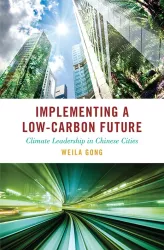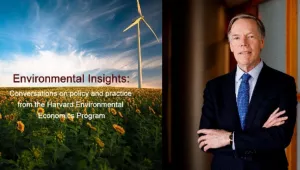Abstract
We introduce geoengineering into an optimal control model of climate economics. Together with mitigation and adaptation, carbon and solar geoengineering span all possible climate policies. Their wildly different characteristics have important implications for policy. We show in the context of our model that: (i) whether emissions are positive or zero the optimal carbon tax always equals the marginal cost of carbon geoengineering; (ii) the introduction of either form of geoengineering leads to higher emissions yet lower temperatures; (iii) in a world with above-optimal cumulative emissions, mitigation alone is insufficient and only a complete set of instruments can minimize climate damages.
This is an updated version of a paper first published in July 2017.
Moreno-Cruz, Juan B., Gernot Wagner and David Keith. “An Economic Anatomy of Optimal Climate Policy.” August 2018







